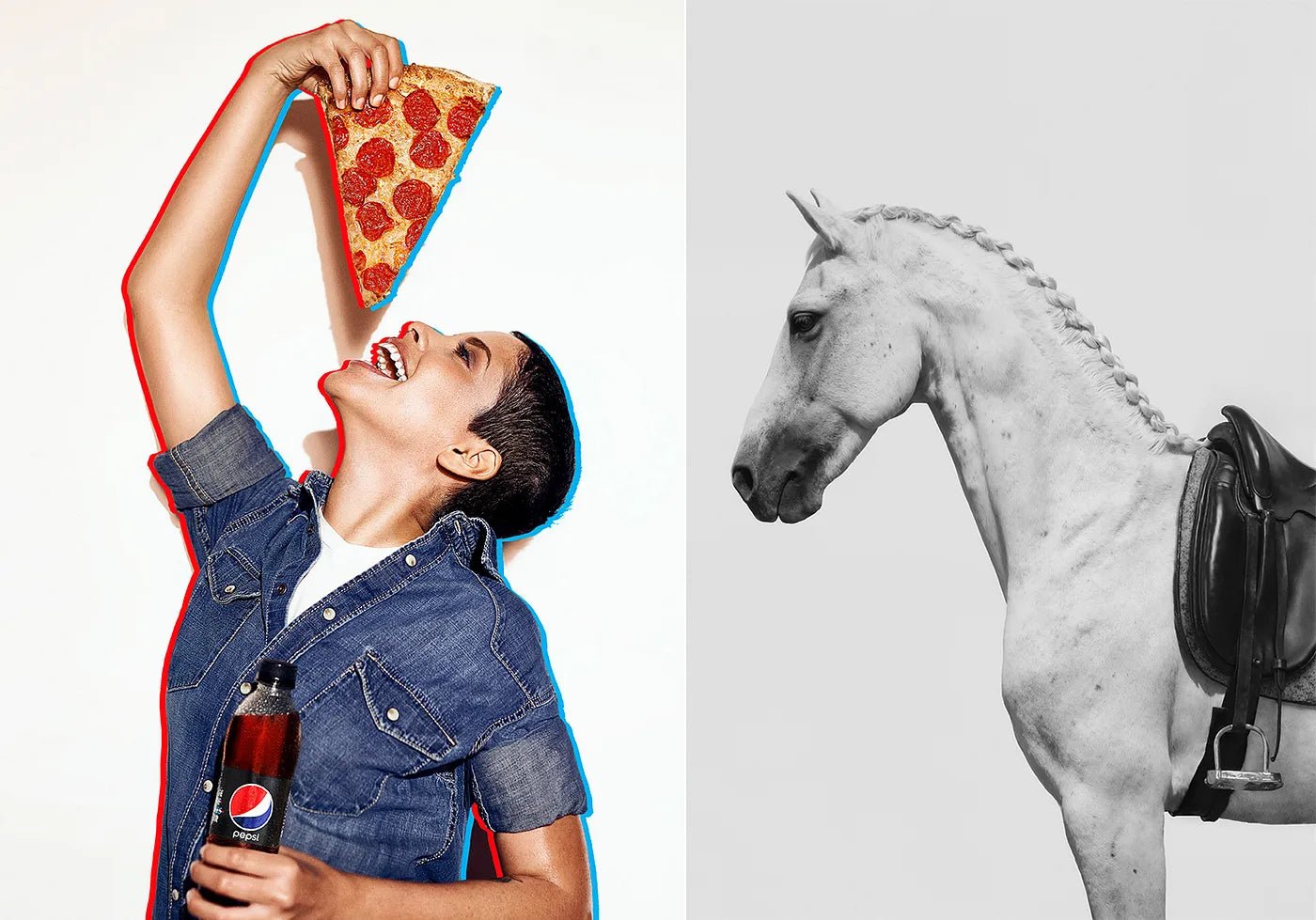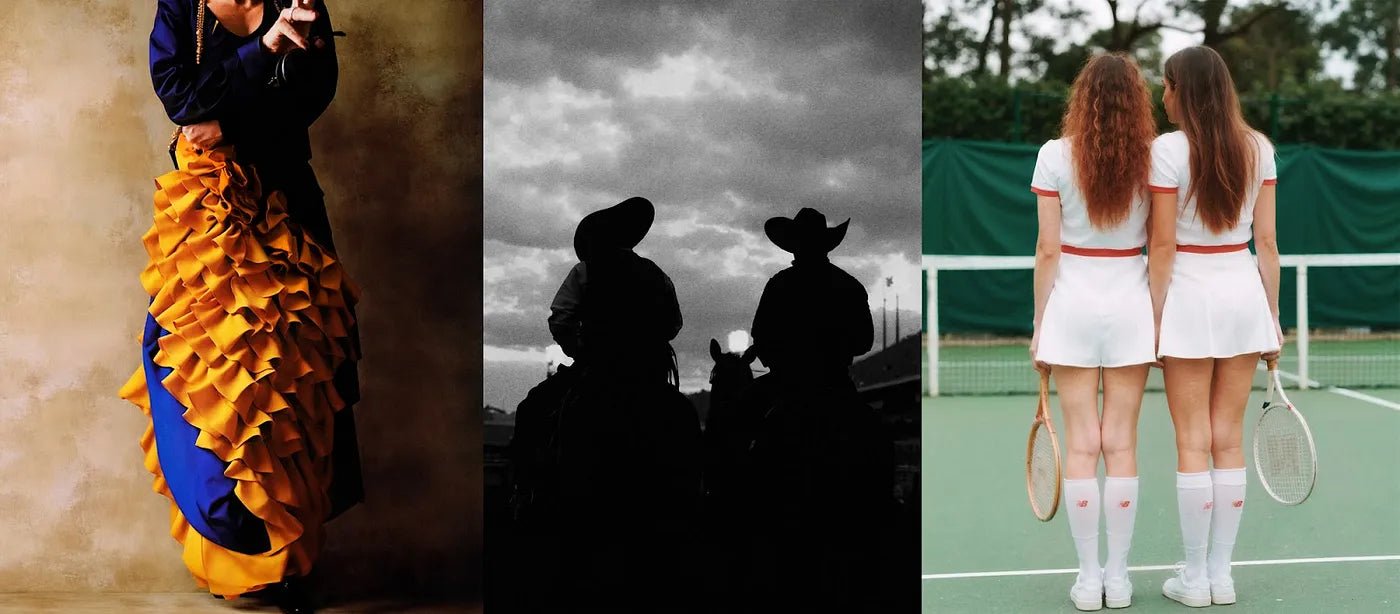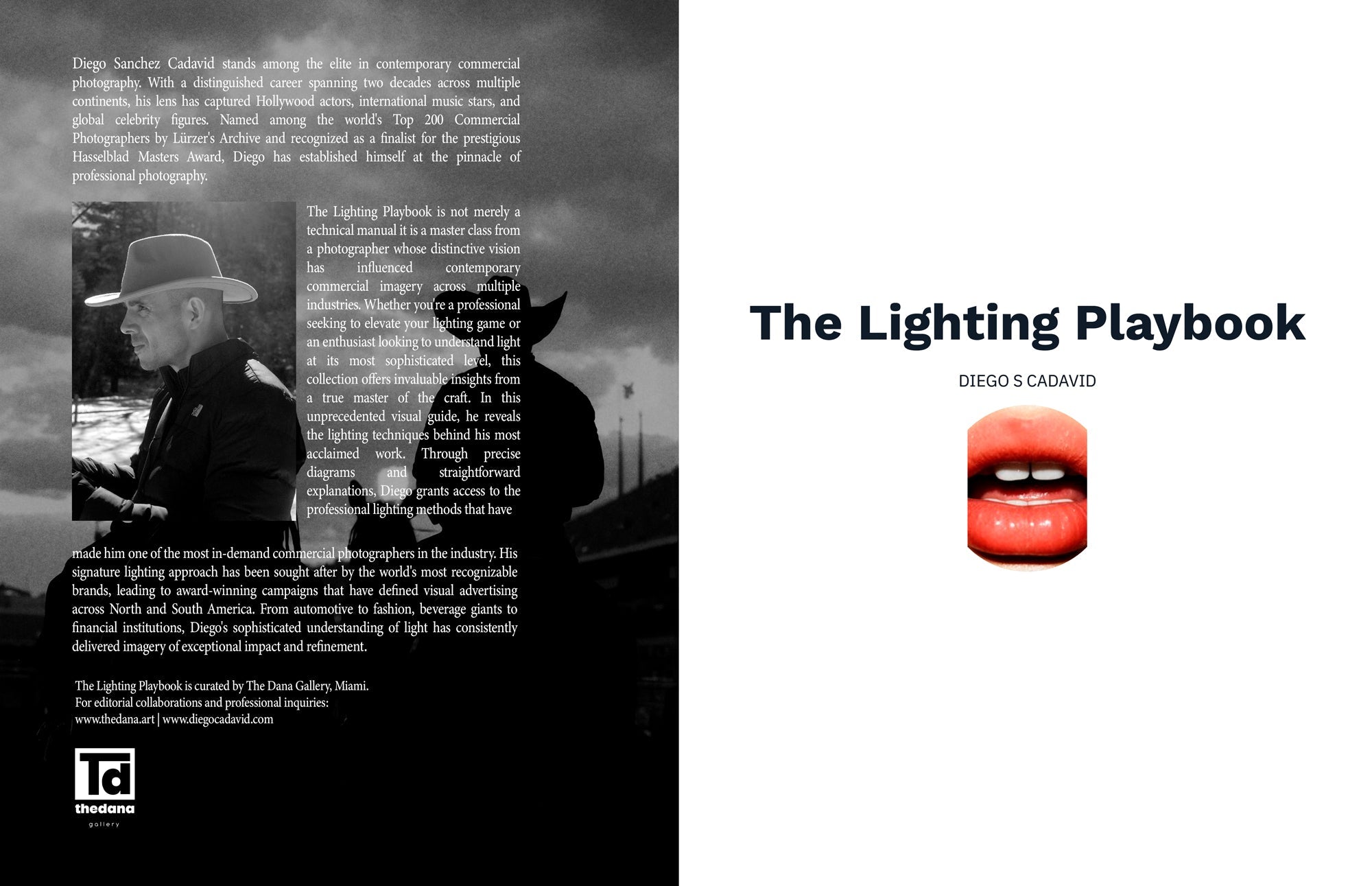
FROM COMMERCIAL PHOTOGRAPHY TO FINE ART: A PRACTICAL STEP-BY-STEP GUIDE

How to Reconnect with the Passion That Made You Pick Up a Camera
By Diego S. Cadavid (@cadavidmora)
coFounder of The Dana Art Gallery
Have you felt your creative spark fading while meticulously setting lights for commercial photography clients? Are deadlines overshadowing your artistic joy? You're not alone. This guide explores how to transition from commercial photography into fine art photography, reigniting your passion and artistic vision without losing your professional edge.
Step 1: Recognize the Signs (When It's Time for Change)
Common Signs of Creative Fatigue:
-
No excitement pressing the shutter.
-
Relief instead of satisfaction when a project concludes.
-
Working on autopilot.
-
Constant postponement of personal projects.
-
Technical perfection without creative spark.
My Personal Turning Point: After 15 years creating campaigns for brands like Pepsi, Coca-Cola, and General Motors, technical efficiency overshadowed my passion. Exploring fine art photography restored my creative spark, enriching my commercial projects.
Step 2: Pause and Reconnect with Your Vision
Take a "No-Pressure Day" to reconnect:
-
Shoot freely without deliverables.
-
Wait 24 hours before reviewing images.
-
Look for themes and recurring visual interests.
Real-Life Exercise: I devoted a weekend photographing spontaneous coastal scenes, uncovering magic in everyday details I previously overlooked.
Quick Tip: Even a 30-minute walk with your camera, without expectations, can reveal new inspirations.
Step 3: Experiment with New Techniques and Alternative Processes
Expand your artistic horizons:
-
Mixed-media: Combine photography with painting or collage.
-
Analog-digital fusion: Mix film photography with digital post-production.
-
AI tools (ComfyUI, Stable Diffusion) as collaborators for textures and backgrounds.
A ComfyUI interface workflow
A quick practical exercise I did to show what AI is capable of. ControlNets give you the power to steer the generation process. That’s me in the photo—and by the way, don’t drink soda, it’s bad for you (just kidding!).
Transformation Exercise: Print a commercial photo you deemed unsuccessful, transform it with paint or collage, then rescan it. These "mistakes" often become unique art pieces.
Important: Always use duplicates of your files for experimentation, protecting your originals.
Step 4: Rethink Your Gear for Intentional Photography
Consider gear that promotes thoughtful photography:
-
Premium: Fuji GFX 100S for exceptional quality.
-
Budget: Fuji APS-C (X-T4, X-T30) offering medium-format philosophy affordably.
-
Analog: Vintage 35mm cameras slow down your workflow, prompting deliberate shooting.
My Cinematic Fuji Recipe:
- Film simulation: Classic Negative
- Dynamic Range: DR200
- Auto-WB Shift: +4 Red, -4 Blue
- Highlights: +1
- Shadows: +0
- Color: +3 (o +1 si busco menos saturación)
- Noise reduction: -4
- Clarity: 0
- Sharpening: 0
- Grain effect: Strong, Grain size: Large
- Color chrome fx: Off
- Color chrome blue: Weak
- Exposure comp: entre +1/3 y +1
No-Spend Trick: Limit yourself to 10-15 shots per session, enhancing intentionality and creativity.
Step 5: Develop a Strong Artistic Concept
Unlike commercial photography, fine art revolves around your personal vision:
-
Identify meaningful themes (emotions, social commentary, aesthetics).
-
Create mood boards for visual coherence.
-
Think in series rather than isolated images.
Step 6: Master Technical Aspects
Technical mastery enhances artistic expression:
-
Use archival-quality paper (Hahnemühle, Canson, Moab).
-
Calibrate monitors for accurate prints.
-
Perform small-scale print tests.
Real-World Tip: Use inexpensive sample packs to test how different papers influence your artwork. Evaluate the practicality of owning a large-format printer versus outsourcing to a professional lab.
Step 7: Monetization and Exposure
Pricing your Fine Art:
-
Standard Prints (inches): 21.7x27.7 ($300), 26.7x34.7 ($400), 33.7x44.7 ($700), 36.7x49.7 ($1,200), 40.7x54.7 ($1,500).
-
Limited editions significantly boost exclusivity and value.
Selling Online:
-
Start with Shopify for direct-to-consumer sales.
-
Budget approximately $180/month for professional plugins and maintenance.
Did You Know? Adding the story behind your work can double its perceived value.
Step 8: Find Your Creative Community
Avoid isolation by:
-
Joining critique groups and local photography meetups.
-
Studying masters like Sally Mann, Sebastião Salgado, Duane Michals, and Francesca Woodman.
-
Collaborating with artists from other mediums to gain fresh perspectives.
Why It Helps: Diverse creative interactions help you see your work in new ways, turning perceived mistakes into valuable insights.
Step 9: Thoughtful Use of New Technologies
Harness AI and digital tools strategically:
-
Use AI as an assistant, never as the sole creator.
-
Blend traditional and modern techniques for unique artwork.
My Personal Rule: I only use AI to suggest variations, textures, and atmospheres, preserving my creative voice.

Step 10: Document and Share Your Artistic Journey
Audiences connect deeply with authentic storytelling:
-
Share your creative process openly.
-
Document both successes and struggles.
Result: Authentic storytelling enhances audience connection, increasing engagement and artwork valuation.
Your Practical 30-Day Checklist
-
Week 1: Reconnect – free shooting day, review archives.
-
Week 2: Experimentation – mixed media techniques, limit session to 15 shots.
-
Week 3: Concept – mood board, print tests.
-
Week 4: Community – join groups, document your process publicly.
Frequently Asked Questions
How can I balance fine art and commercial styles?
Clearly communicate your artistic style upfront. Offer creative and more traditional alternatives.
When should I raise prices?
Increase when editions sell 60-70% within six months, after significant recognition, or when introducing unique techniques. Adjust prices by 20-30%.
Should I wait until my concept is perfect?
No. Begin exploring and allow your concept to evolve naturally.
Conclusion
Transitioning from commercial to fine art photography leverages your existing skills while reigniting passion. This journey is not only about creating better photographs but rediscovering the thrilling spark that initially inspired you to pick up your camera.
"Each photograph should feel as exciting as your first. That’s when you rediscover the true magic of photography." – Diego S. Cadavid



